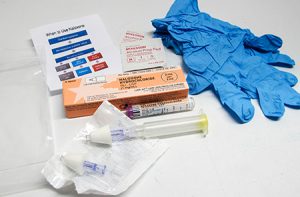North-side nursing home to convert into drug-treatment center
Capitol Village Healthcare, a 52-bed nursing home at 2926 N. Capitol Ave., closed earlier this year, and had received low ratings from U.S. News and the Centers for Medicare & Medicaid Services.



